Asian Markets React to U.S. Fed Rate Decision as Bitcoin Reclaims $60,000
Summary
Asian markets exhibit mixed trends as anticipation builds for the U.S. Federal Reserve’s interest rate decision, while Bitcoin successfully recovers the $60,000 threshold, reflecting shifting sentiment in the cryptocurrency market.
Asian markets have shown a mixed response as investors await the U.S. Federal Reserve’s upcoming interest rate decision. While certain indices experienced gains, others faced declines amidst fluctuating economic indicators. Additionally, Bitcoin has made a significant rebound, crossing the $60,000 mark once again, reflecting a renewed interest in cryptocurrencies. This movement in the digital currency market is indicative of shifting investor sentiment as they seek alternative assets. Overall, the current market environment remains volatile, influenced by global economic conditions and monetary policy expectations. Investors are advised to remain vigilant and informed as developments unfold.
The article addresses the current climate within Asian financial markets, highlighting the anticipation surrounding the U.S. Federal Reserve’s interest rate decision. Changes in interest rates can have profound effects on market performance and investor behavior as they influence borrowing costs and economic stability. Furthermore, Bitcoin’s resurgence to over $60,000 is significant, as it underscores the growing integration of cryptocurrencies into mainstream finance and investment strategies. Understanding these dynamics is crucial for stakeholders in the financial markets to navigate the landscape effectively.
In summary, the Asian markets are reacting to the upcoming U.S. Fed interest rate decision with varied performances among different indices. Meanwhile, Bitcoin’s resurgence showcases a potential shift in investment trends towards cryptocurrencies, indicating a period of volatility and change in the financial landscape. Careful consideration of these factors is essential for investors moving forward.
Original Source: www.moneycontrol.com
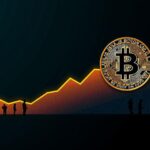
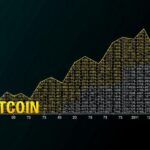

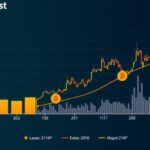
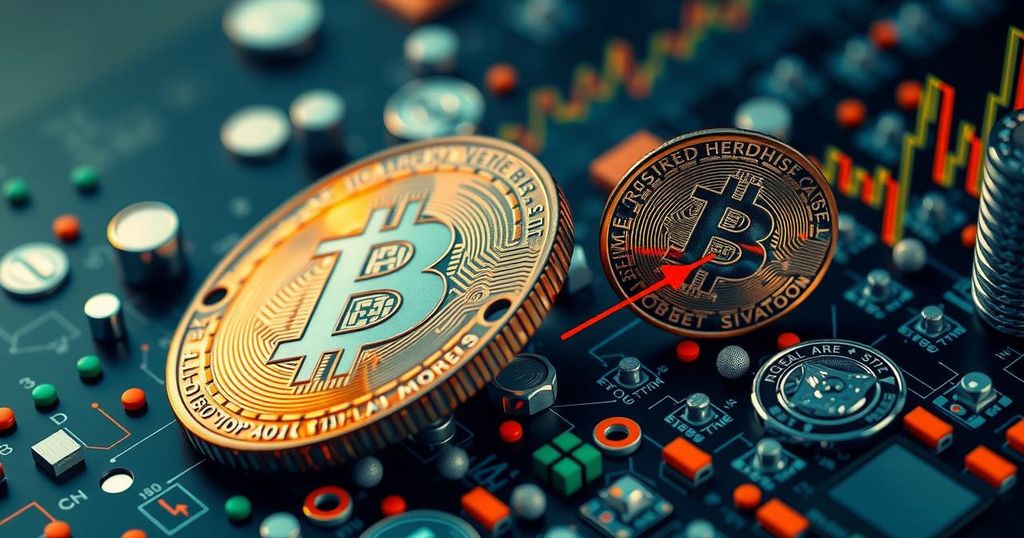
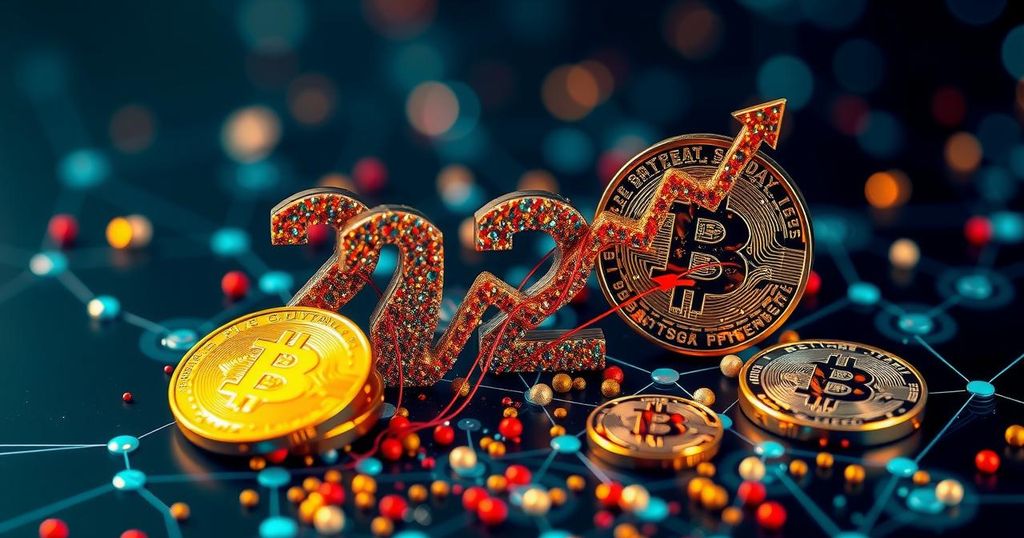

Post Comment